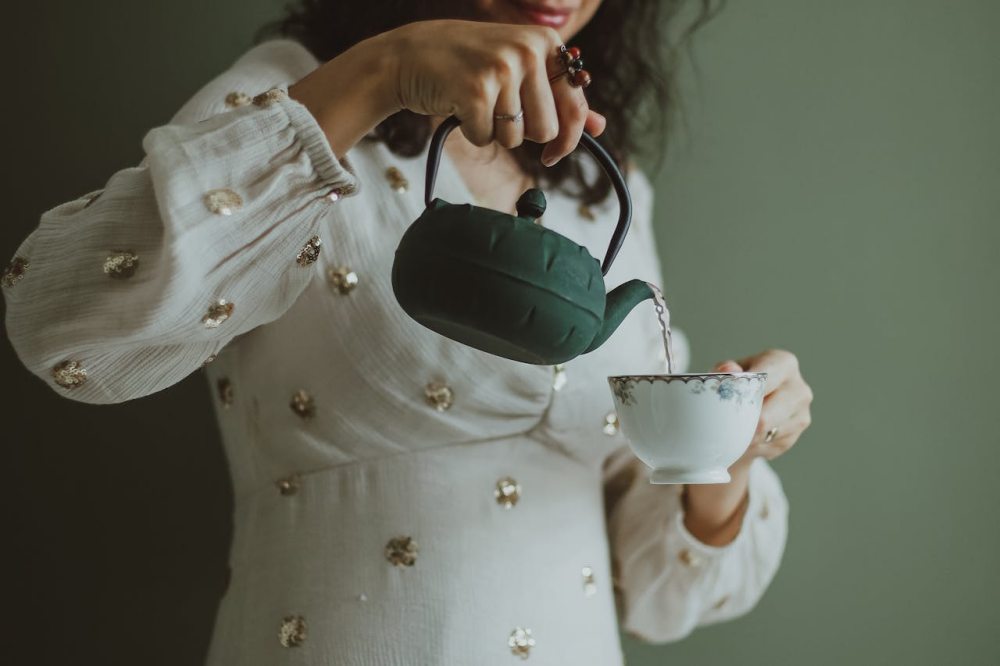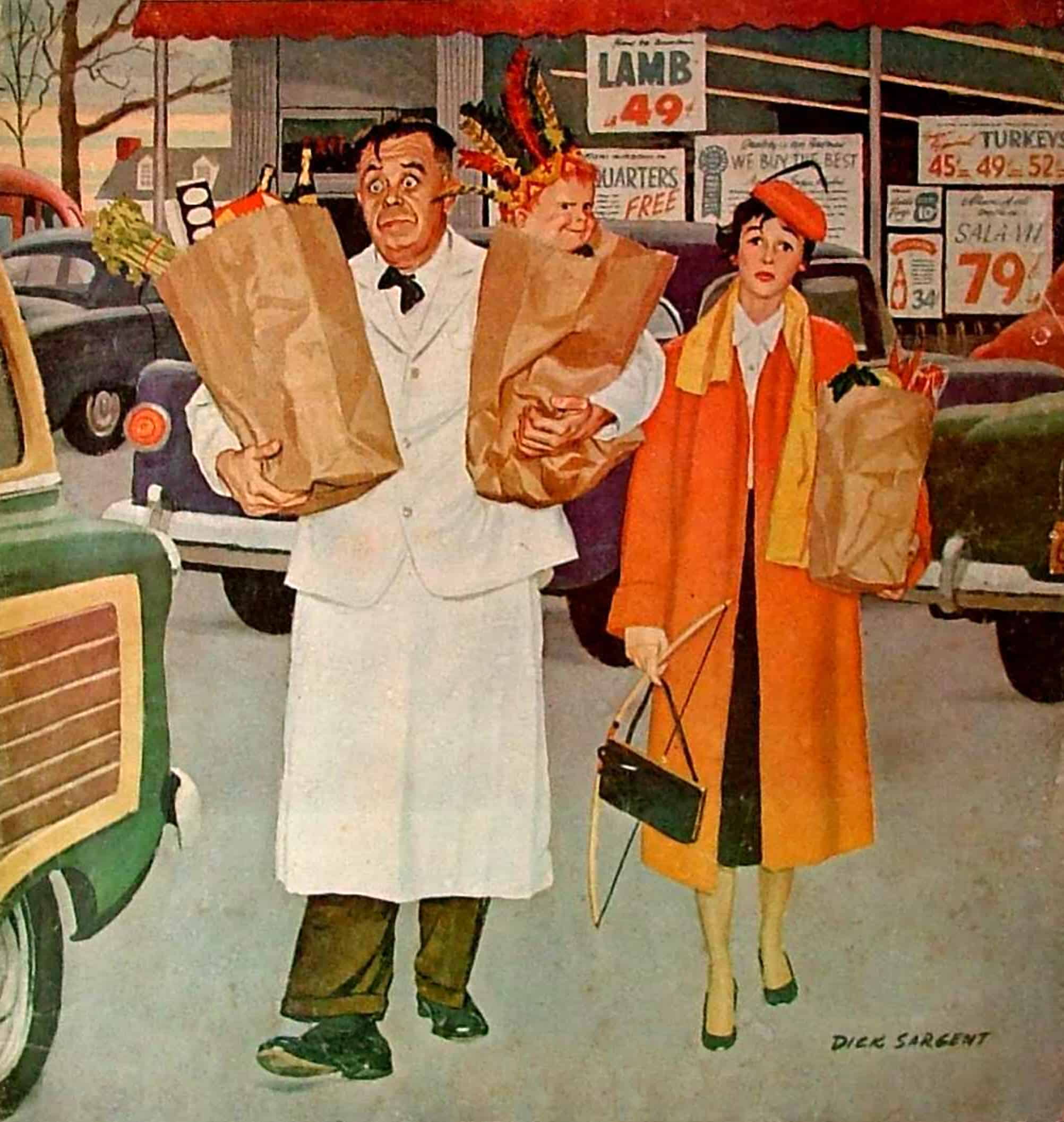Do you consider yourself a tea lover? Well, if you do, then this blog post is for you! Tea has been consumed for centuries and it is not only a delicious drink but also holds many surprising facts. From its origin in China to becoming an essential part of various cultures around the world, tea has been quite an interesting journey. In this informative post, we will uncover 8 unexpected and fascinating facts about your favorite beverage that will make you appreciate it even more. So, get cozy with your cup of tea and let’s dive into the wonderful world of this beloved drink.
Tea’s Origin Story
Tea, one of the oldest beverages in history, traces its roots back to ancient China around 2737 BCE. Legend has it that Emperor Shen Nong discovered tea when leaves from a wild tree blew into his pot of boiling water. Intrigued by the pleasant aroma, he decided to taste the infusion, thus birthing the tradition of tea drinking. This serendipitous event ignited a cultural phenomenon, leading to tea’s spreading influence across Asia and eventually the world. Today, tea remains an integral part of many cultures, celebrated for its rich history and profound impact on society.
Variety of Types
Tea’s journey around the world has given rise to a diverse array of types and flavors, each with its unique characteristics and cultural significance. Among the many, Japanese tea varieties stand out for their meticulous cultivation and preparation methods: from the delicate and vibrant green of matcha to the toasted notes of hojicha, the Japanese have perfected the art of tea-making over centuries. In other countries, such as India and Sri Lanka, black teas are highly favored for their robust flavors and are often paired with milk or spices to create iconic blends like chai.
Japan’s Tea Ceremony
Speaking of Japan, let’s delve deeper into one of its most revered traditions – the Japanese tea ceremony. Also known as “Cha-no-yu,” this ritualistic practice involves the preparation and serving of matcha in a serene and harmonious atmosphere. The ceremony is steeped in Zen Buddhism, emphasizing mindfulness and tranquility, making it a spiritual experience rather than simply drinking tea. If you get the chance to attend a Japanese tea ceremony, know that it’s a truly unique and unforgettable experience.
Health Benefits
Aside from its rich cultural significance, tea also boasts an impressive list of health benefits. The combination of antioxidants, vitamins, and minerals found in tea has been linked to improved brain function, a stronger immune system, and even reduced risk of chronic diseases such as heart disease and cancer. It’s no wonder why many people turn to tea for both comfort and nourishment as it’s a healthier alternative to sugary beverages and even our beloved coffee.
Largest Tea Consuming Countries
While tea is enjoyed all over the world, there are a few countries that consume it on a much larger scale compared to others. Unsurprisingly, China takes the lead as the largest consumer of tea, followed by India and Turkey. Interestingly, Turkey has its unique way of preparing and serving tea – brewing it in a stacked tea kettle called a “çaydanlık” and serving it in small, tulip-shaped glasses. It’s worth noting that despite being known for their coffee consumption, countries like the United Kingdom and Ireland also rank high in tea consumption per capita.
The Most Expensive Tea
You might be surprised to learn that the most expensive tea in the world is not made from tea leaves but from panda feces. Known as “Panda Dung Tea,” this rare delicacy is produced in the Ya’an region of China and can cost up to $200 per cup. It’s believed to have health benefits such as improving digestion and reducing inflammation. The tea is made by feeding the pandas a specific diet and collecting their droppings, which are then thoroughly cleaned, dried, and processed into tea leaves.
Tea Bags
It’s hard to imagine making tea without the convenience of tea bags. However, they were not invented until 1908 when an American tea merchant named Thomas Sullivan mistakenly sent tea samples in small silk bags, and his customers used them directly in hot water. Tea bags have since undergone various design changes and are now the preferred method of brewing tea for many people worldwide.
Afternoon Tea
The tradition of having afternoon tea has been around since the 19th century when Anna, the Duchess of Bedford, introduced it as a way to combat the “sinking feeling” she experienced between lunch and dinner. What began as a simple solution to hunger pangs quickly became a fashionable social event among high society in England, with lavish spreads of tea, sandwiches, scones, and pastries. Today, afternoon tea remains popular in the UK and has also become a tourist attraction for those seeking an authentic English experience.
Tea is a cultural icon, a source of comfort, and a symbol of hospitality. From its ancient origins in China to its spread across the globe, tea has woven itself into the fabric of societies, each bringing its own unique traditions and flavors. With its myriad health benefits and fascinating history, tea continues to be cherished by millions. Cheers to the world of tea!









